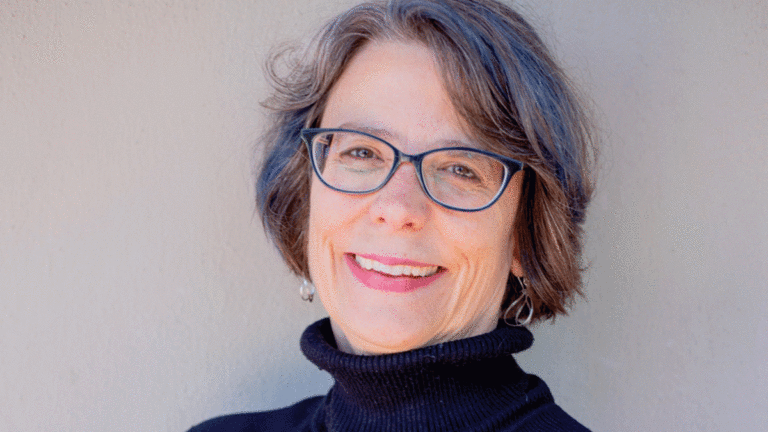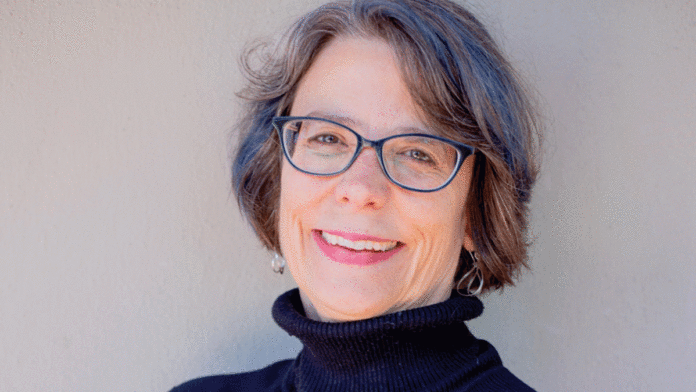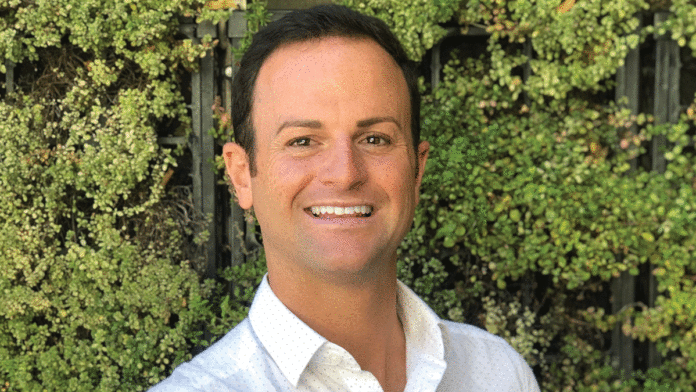Santa Cruz County live entertainment picks for the week of July 24
WEDNESDAY 7/24
GARAGE
THE ATOM AGE
Saxophones are sexy! There are a lot of bands right now playing proto-punk and garage-rock—they have the swagger, they have the attitude, but do they have the saxophone? Rest assured, San Jose garage-rockers Atom Age do. The band even has an organ, the kind that will make you want to go-go dance with a vengeance. And it’s all punked-up to John Spencer Blues Explosion levels. It’ll take you right back to the golden age of rock ’n’ roll, when concerned parents were calling this the devil’s music. AC
8:30 p.m. Catalyst, 1011 Pacific Ave., Santa Cruz. $10. 423-1338.
JAZZ
SUN HOP FAT
While they hail from the East Bay, Sun Hop Fat’s musical inspiration comes from East Africa—specifically Ethiopia, which in the ’50s and ’60s gave birth to Ethio-jazz, a genre which took traditional Ethiopian scales and played them through western instruments. Originally, the genre came about through an order from Emperor Haile Selassie. Today, Sun Hop Fat carries a torch for the genre with a funky, danceable version of Ethio-jazz. MIKE HUGUENOR
8:30 p.m. Moe’s Alley, 1535 Commercial Way, Santa Cruz. $8 adv/$12 door. 479-1854.
THURSDAY 7/25
BLUEGRASS
WOOD & WIRE
There is a bracing quality to Wood & Wire’s bluegrass: the manic precision of the banjo, the slapping strum of the guitar, the sudden vocal harmonies. Together, they evoke the sharp coolness of a mountain spring. On last year’s Grammy-nominated North of Despair, the Austinites tore through bluegrass with the reckless abandon of a punk band. When they settle in to songs like “As Good As It Gets,” the group sounds almost like a real-life Soggy Bottom Boys, complete with boot-stomping rhythm and snap-tight harmonies. MH
8 p.m. Felton Music Hall, 6275 Hwy. 9, Felton. $11 adv/$13 door. 335-2800.
FRIDAY 7/26
COMEDY
BRANDIE POSEY
Brandie Posey is a big fan of ska music, so right there she’s really dividing the crowd. Luckily, she’s also wicked funny and clever, a co-creator of Picture This and co-BFF of the Lady to Lady podcast, where guests join in once a week for candid games, discussions, admissions, and advice. One listen and you’ll either be loving her more than you already did or forgiving her for her ska proclivities and giving her a second chance. This lady rocks. AMY BEE
7 and 9:30 p.m. DNA’s Comedy Lab, 155 S. River St., Santa Cruz. $20 adv/$25 door. (530) 592-5250
SATURDAY 7/27
INDIE
B BOYS
B Boys hails from New York, and its sound is the city personified, from New-Wave rhythmic showdowns to No-Wave melodic repetitions dripping with disdain and scorn. Frenetic energy, coupled with a solitary sense of detachment, lends both apathy and sharp urgency to lyrics underlining the frailty and absurdity of the world we find ourselves in. Yet pockets of fun are found within any apocalypse, and the same is true with B Boys’ anti-anthem shouts and machine-gun drum rolls. AB
9 pm Crepe Place, 1134 Soquel Ave., Santa Cruz. $10 adv/$12 door. 429-6994.
COUNTRY
SARAH SHOOK & THE DISARMERS
Is it country? Is it punk? Is it cowpunk? Whatever you call it, Sarah Shook & the Disarmers’ music is as fresh as it is rootsy. Originally a New Yorker, this now-North Carolinian writes songs reminiscent of the best parts of Hank Williams or Merle Haggard, with a voice for fans of Bonnie Raitt, the bravado of Joan Jett and the humor of Dolly Parton. Sophomore album Years paints the picture of a band that has grown—dare we say even matured—since their 2017 debut. MW
9 p.m. Catalyst, 1011 Pacific Ave., Santa Cruz. $12. 423-1338.
MONDAY 7/29
HIP-HOP
MAHTIE BUSH
Sacramento rapper Mahtie Bush doesn’t mess around. He once filmed a video of himself burning local weekly newspaper the Sacramento News and Review in an act of protest. In his music, he’s just as unrelenting. Over hard-hitting, classic boom-bap beats, he spits truth in conversational flow about life growing up in the foster care system. When he sees injustice, he calls it out—fiercely. Now Bush comes to Santa Cruz on his “Mahtie Bush for Mayor” tour. Up in Sactown, he’s a local legend—and maybe the city’s next mayor? AC
9 p.m. Blue Lagoon, 923 Pacific Ave., Santa Cruz. $5. 423-7117.
JAZZ
ALICIA OLATUJA
A singer possessing a voice brimming with joy and glory, Alicia Olatuja is equally versed in gospel and bel canto, R&B and jazz, soul and pop. She draws on all of these currents on her gorgeous new album Intuition: Songs from the Minds of Women, a project reimaging songs written or defined by artists such as Sade, Angela Bofill, Brenda Russel, Imogen Heap, Tracy Chapman, Kate Bush, Joni Mitchell, and others. For the show, Olatuja strips the songs down to essentials with a sensational Los Angeles quartet featuring bassist Ben Shepherd, drummer Anthony Fung and pianist Josh Nelson. ANDREW GILBERT


























